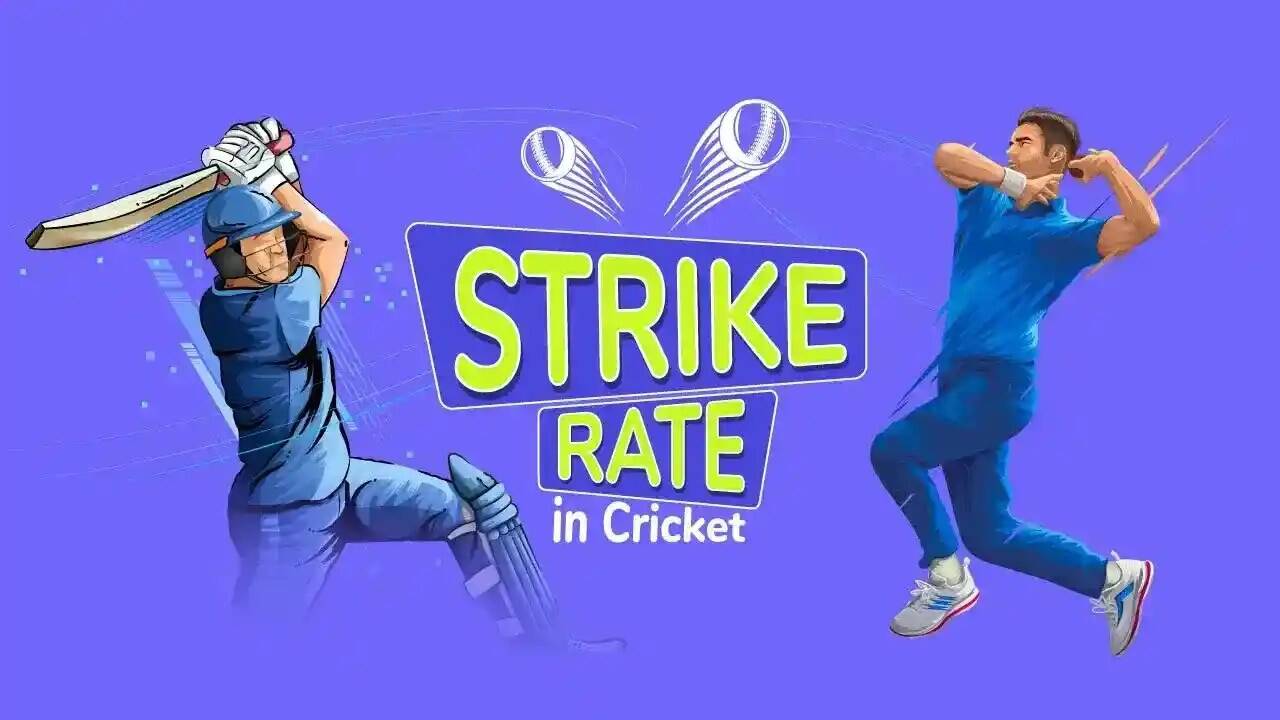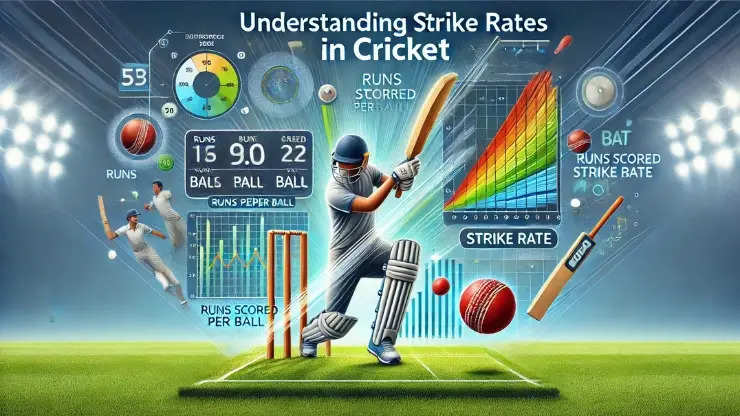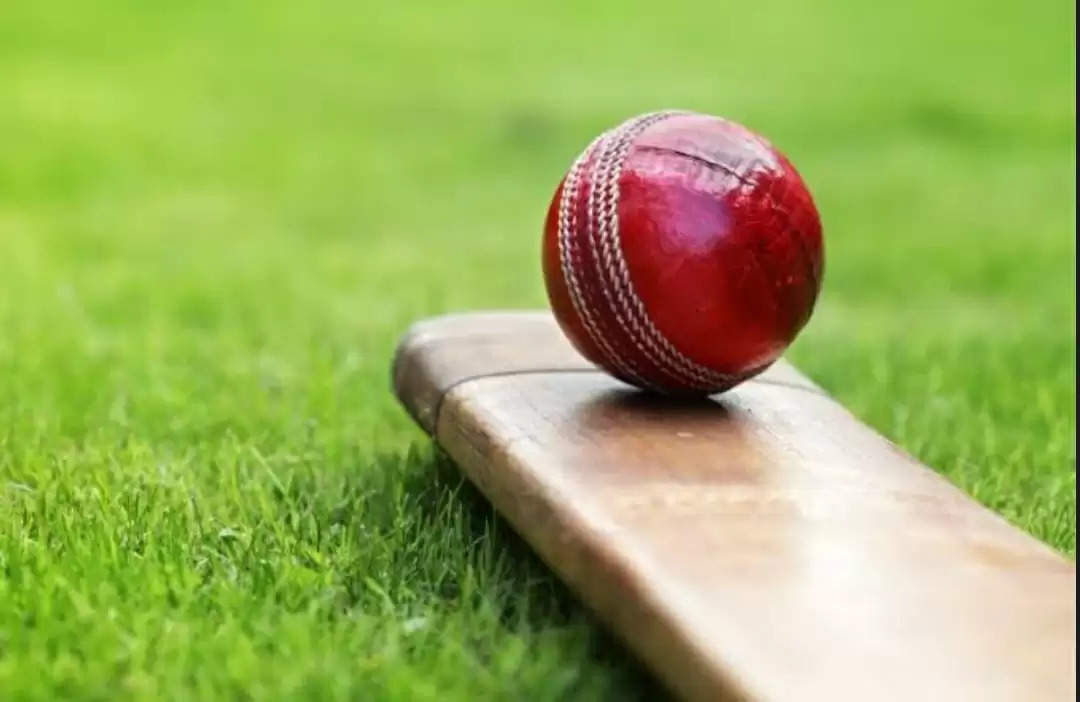Know About 'Strike Rate' And 'Average' Stand For Bowlers In Cricket
Feb 6, 2025, 11:02 IST

Bowlers constitute vital components in cricket's playing field because they can change the course of matches. The actions of bowlers maintain equal importance despite batsmen receiving the most attention on the field. The measured effectiveness of bowling performance depends on two critical statistics, which are strike rate and bowling average. This article examines the key cricket terms strike rate and bowling average while discussing their importance.

What is a Bowler's Strike Rate?
The strike rate determines the number of wicket takings from a bowler's total instances of delivery. The strike rate computation requires the division of the total bowled balls by the number of wickets a player achieves.
Formula:
Bowling Strike Rate (SR) = Total Balls Bowled / Wickets Taken
For instance, if a bowler delivers 300 balls and takes 10 wickets, their strike rate would be 30. This implies that the bowler takes a wicket every 30 balls.
Why is Strike Rate Important?
A lower strike rate functions as an asset for rhythm bowlers since it shows their capability to eliminate opposing batters rapidly. Basic strike rates define match-victory potential among cricketers in particular during tournaments that use T20 rules.

What is a Bowler's Average?
Each wicket a bowler takes costs them an average number of runs, which the bowling average demonstrates. The bowling average results from dividing the combined runs conceded through wickets taken.
Formula:
Bowling Average (Avg) = Total Runs Conceded / Wickets Taken
For example, if a bowler gives away 200 runs while taking 10 wickets, their bowling average would be 20.
Why is Average Crucial?
A lower bowling average demonstrates that the bowler successfully gives up fewer runs when he takes a wicket. In test matches, the ability to restrict runs closely becomes the most critical factor for success.

Strike Rate vs. Bowling Average: Which Matters More?
The value of strike rate and bowling average varies according to the specific rules of each cricket competition. The essential requirement for T20 and ODI cricket matches is having a low strike rate because quick wickets become essential. For Test cricket, the main factor that safeguards pressure during lengthy innings becomes bowling average rather than strike rate.
Knowledge of these statistics supports cricket fans in understanding the depth of cricket strategy while offering insight into how effective a bowler proves for their team. During matches, observe the numbers because they offer insights into emerging bowling talent.



